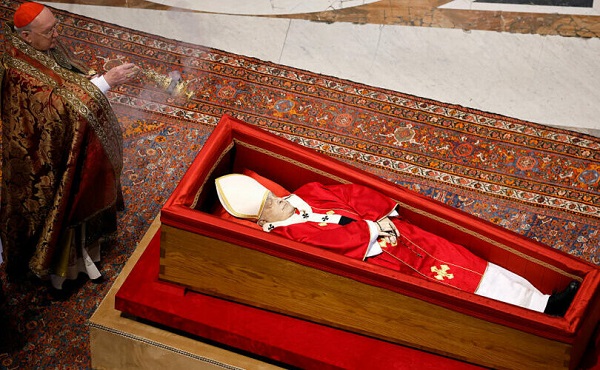Business
Canadians should understand costs of Ottawa’s Emissions Reduction Plan

From the Fraser Institute
By Julio Mejía and Elmira Aliakbari
On its first day in office, the Trump administration withdrew from the Paris climate agreement and began a regulation effort aimed largely at the energy sector. Meanwhile, the Trudeau government wants to reduce Canada’s greenhouse gas (GHG) emissions by at least 40 per cent below 2005 levels by 2030 to satisfy its commitment to the Paris agreement that Trudeau signed back in 2016.
But far from “building a strong economy” and making Canada “more competitive,” as the government claims, its Emissions Reduction Plan (ERP) will hurt Canada’s already struggling economy while failing to meet its own emission reduction targets.
In essence, the ERP has two components. The first one, and probably the most well-known to Canadians, is the carbon tax, which places a cost on fossil fuel use based on the amount of GHG emissions produced. The tax increased to $80 per tonne on April 1, 2024 and is scheduled to reach $170 per tonne by 2030.
The second—and least discussed—ERP component is the Trudeau government’s cascade of regulatory measures and mandates including requirements for fuel producers and importers to reduce the carbon content of their fuels, and electric vehicle mandates that require all new (light-duty) vehicles sold to be zero-emission by 2035 (with interim targets of 20 per cent by 2026 and 60 per cent by 2030). Additional measures include restrictions on fertilizer use in agriculture, emissions caps in the oil and gas industry, energy efficiency mandates for buildings, and more. With more regulations come increased costs to producers, and these costs are largely passed to consumers in the form of higher prices.
But aside from vague and unsupported claims that the ERP will strengthen the economy, the government hasn’t provided a detailed assessment of the plan’s costs and benefits. In other words, while the government has outlined how it plans to reduce emissions—carbon taxes, regulations, mandates—we still don’t know how much these policies will cost or how they will benefit Canadians.
But a recent study published by the Fraser Institute evaluate the economic and environmental impacts of the ERP.
According to the study’s projections, the carbon tax alone will cost $1,302 per worker annually by 2030, reduce employment by an estimated 57,000 jobs, and shrink the Canadian economy by 1.5 per cent compared to a scenario without the ERP. Considering that the economy grew just by 1.3 per cent in 2023, this cost is significant.
After you account for the ERP’s additional regulatory measures and mandates, the economic cost rises. By 2030, the full implementation of the ERP—which includes the carbon tax, regulatory measures and mandates—will shrink the economy by 6.2 per cent, cost Canadian workers $6,700 annually, and reduce employment by 164,000 jobs. Alberta, of course, will bear a large portion of these costs.
To make matters worse, the ERP will still fall short of the Trudeau government’s 2030 emission-reduction target. According to the study, the ERP will reduce Canada’s GHG emissions by about 26.5 per cent between 2019 and 2030, achieving only approximately 57 per cent of the government’s target. In short, Trudeau’s climate plan won’t deliver the economic growth or environmental impact the government anticipates.
Canadians should understand the costs of the Trudeau government’s Emissions Reduction Plan (ERP), which won’t achieve its targets while making Canadians worse-off. Any government should reject climate targets and policies where Canadians are merely an afterthought.
2025 Federal Election
Columnist warns Carney Liberals will consider a home equity tax on primary residences
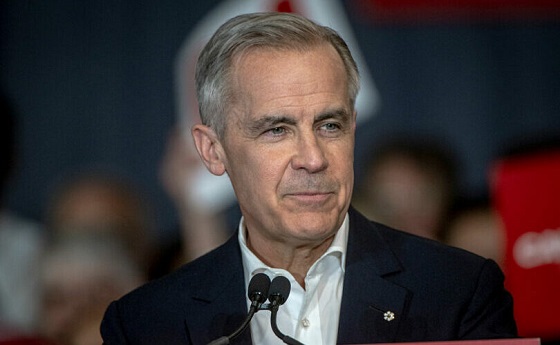
From LifeSiteNews
The Liberals paid a group called Generation Squeeze, led by activist Paul Kershaw, to study how the government could tap into Canadians’ home equity — including their primary residences.
Winnipeg Sun Columnist Kevin Klein is sounding the alarm there is substantial evidence the Carney Liberal Party is considering implementing a home equity tax on Canadians’ primary residences as a potential huge source of funds to bring down the massive national debt their spending created.
Klein wrote in his April 23 column and stated in his accompanying video presentation:
The Canada Mortgage and Housing Corporation (CMHC) — a federal Crown corporation — has investigated the possibility of a home equity tax on more than one occasion, using taxpayer dollars to fund that research. This was not backroom speculation. It was real, documented work.
The Liberals paid a group called Generation Squeeze, led by activist Paul Kershaw, to study how the government could tap into Canadians’ home equity — including their primary residences.
Kershaw, by the way, believes homeowners are “lottery winners” who didn’t earn their wealth but lucked into it. That’s the ideology being advanced to the highest levels of government.
It didn’t stop there. These proposals were presented directly to federal cabinet ministers. That’s on record, and most of those same ministers are now part of Mark Carney’s team as he positions himself as the Liberals’ next leader.
Watch below Klein’s 7-minute, impassionate warning to Canadians about this looming major new tax should the Liberals win Monday’s election.
Klein further adds:
The total home equity held by Canadians is over $4.7 trillion. It’s the largest pool of private wealth in the country. For millions of Canadians — especially baby boomers — it’s the only retirement fund they have. They don’t have big pensions. They have a paid-off house and a hope that it will carry them through their later years. Yet, that’s what Ottawa has quietly been circling.
The Canadian Taxpayer’s Federation has researched this issue and published a report on the alarming amount of new taxation a homeowner equity tax could cost Canadians who sell their homes that have increased in value over the years they have lived in it. It is a shocker!
A Google search on the question, “what is a home equity tax?” returns the response:
A home equity tax, simply put, it’s a proposed levy on the increased value of your home, specifically, on your principal residence. The idea is for Government to raise money by taxing wealth accumulation from rising property values.
The Canadian Taxpayers Federation has provided a Home Equity Tax Calculator Backgrounder to help Canadians understand what the impact of three different types of Home Equity Tax Calculators would have on home owners. The required tax payment resulting from all three is a shocker.
Keep in mind that World Economic Forum policies intend to eventually eliminate all private home ownership and have the state own and control not only all residences, but also eliminate car ownership, and control when and where you may live and travel.
Carney, Trudeau and several other members of the Liberal government in key positions are heavily connected to the WEF.
Business
It Took Trump To Get Canada Serious About Free Trade With Itself

From the Frontier Centre for Public Policy
By Lee Harding
Trump’s protectionism has jolted Canada into finally beginning to tear down interprovincial trade barriers
The threat of Donald Trump’s tariffs and the potential collapse of North American free trade have prompted Canada to look inward. With international trade under pressure, the country is—at last—taking meaningful steps to improve trade within its borders.
Canada’s Constitution gives provinces control over many key economic levers. While Ottawa manages international trade, the provinces regulate licensing, certification and procurement rules. These fragmented regulations have long acted as internal trade barriers, forcing companies and professionals to navigate duplicate approval processes when operating across provincial lines.
These restrictions increase costs, delay projects and limit job opportunities for businesses and workers. For consumers, they mean higher prices and fewer choices. Economists estimate that these barriers hold back up to $200 billion of Canada’s economy annually, roughly eight per cent of the country’s GDP.
Ironically, it wasn’t until after Canada signed the North American Free Trade Agreement that it began to address domestic trade restrictions. In 1994, the first ministers signed the Agreement on Internal Trade (AIT), committing to equal treatment of bidders on provincial and municipal contracts. Subsequent regional agreements, such as Alberta and British Columbia’s Trade, Investment and Labour Mobility Agreement in 2007, and the New West Partnership that followed, expanded cooperation to include broader credential recognition and enforceable dispute resolution.
In 2017, the Canadian Free Trade Agreement (CFTA) replaced the AIT to streamline trade among provinces and territories. While more ambitious in scope, the CFTA’s effectiveness has been limited by a patchwork of exemptions and slow implementation.
Now, however, Trump’s protectionism has reignited momentum to fix the problem. In recent months, provincial and territorial labour market ministers met with their federal counterpart to strengthen the CFTA. Their goal: to remove longstanding barriers and unlock the full potential of Canada’s internal market.
According to a March 5 CFTA press release, five governments have agreed to eliminate 40 exemptions they previously claimed for themselves. A June 1 deadline has been set to produce an action plan for nationwide mutual recognition of professional credentials. Ministers are also working on the mutual recognition of consumer goods, excluding food, so that if a product is approved for sale in one province, it can be sold anywhere in Canada without added red tape.
Ontario Premier Doug Ford has signalled that his province won’t wait for consensus. Ontario is dropping all its CFTA exemptions, allowing medical professionals to begin practising while awaiting registration with provincial regulators.
Ontario has partnered with Nova Scotia and New Brunswick to implement mutual recognition of goods, services and registered workers. These provinces have also enabled direct-to-consumer alcohol sales, letting individuals purchase alcohol directly from producers for personal consumption.
A joint CFTA statement says other provinces intend to follow suit, except Prince Edward Island and Newfoundland and Labrador.
These developments are long overdue. Confederation happened more than 150 years ago, and prohibition ended more than a century ago, yet Canadians still face barriers when trying to buy a bottle of wine from another province or find work across a provincial line.
Perhaps now, Canada will finally become the economic union it was always meant to be. Few would thank Donald Trump, but without his tariffs, this renewed urgency to break down internal trade barriers might never have emerged.
Lee Harding is a research fellow with the Frontier Centre for Public Policy.
-

 2025 Federal Election9 hours ago
2025 Federal Election9 hours agoMark Carney: Our Number-One Alberta Separatist
-

 2025 Federal Election11 hours ago
2025 Federal Election11 hours agoNine Dead After SUV Plows Into Vancouver Festival Crowd, Raising Election-Eve Concerns Over Public Safety
-
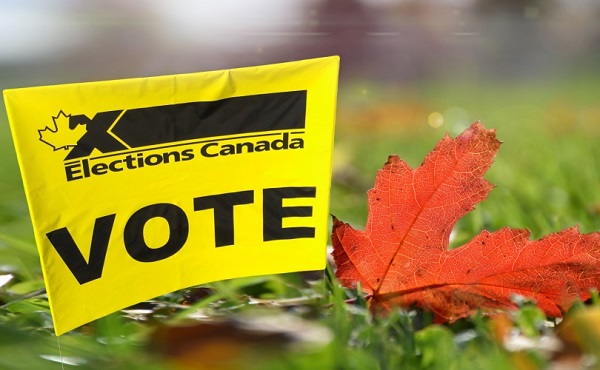
 Opinion1 day ago
Opinion1 day agoCanadians Must Turn Out in Historic Numbers—Following Taiwan’s Example to Defeat PRC Election Interference
-

 International1 day ago
International1 day agoHistory in the making? Trump, Zelensky hold meeting about Ukraine war in Vatican ahead of Francis’ funeral
-
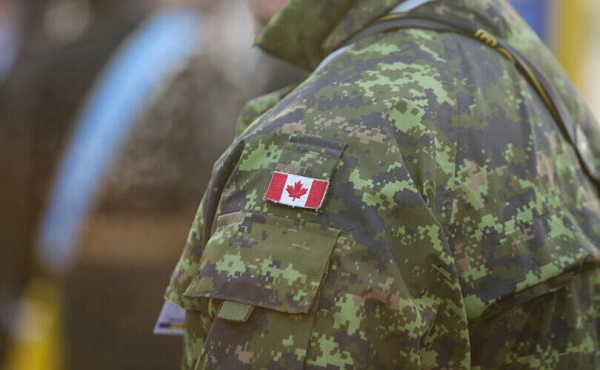
 armed forces2 days ago
armed forces2 days agoYet another struggling soldier says Veteran Affairs Canada offered him euthanasia
-

 International13 hours ago
International13 hours agoJeffrey Epstein accuser Virginia Giuffre reportedly dies by suicide
-
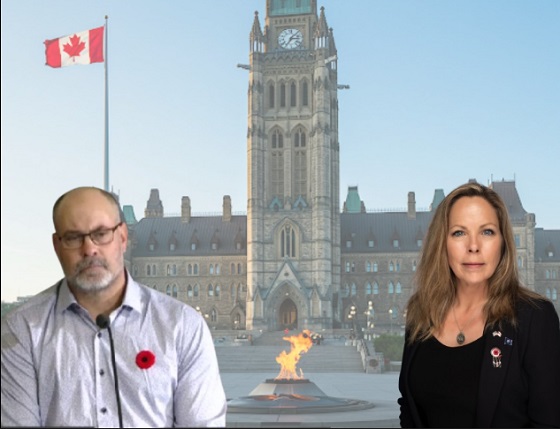
 C2C Journal1 day ago
C2C Journal1 day ago“Freedom of Expression Should Win Every Time”: In Conversation with Freedom Convoy Trial Lawyer Lawrence Greenspon
-

 2025 Federal Election12 hours ago
2025 Federal Election12 hours agoColumnist warns Carney Liberals will consider a home equity tax on primary residences



